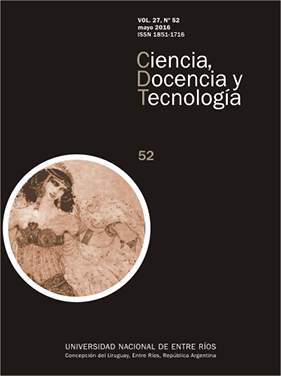Abstract
The article analyzes the institutional design and effects of productive innovation policies implemented by the Argentinian government in the Province of Santa Fe in the period 2002-2012. In order to study the "design", the characteristics of the instruments, target population and their orientation are taken into account; whereas to consider the "effects", it is focused on the level distribution of benefits, the degree of geographical concentration, and the characteristics of the actors who actually have benefited. As a case study, it identifies the Argentine Technology Fund (FONTAR), and the analysis is focused on the period 2002-2012. The research results show that while the tools are demand-oriented instrument, with a design that conceives the population as homogeneous and have a competitive and horizontal distribution of benefits, they tend to concentrate on a few players with significant experience located in the economically more dynamic centers.
The authors retain the copyright and grant the journal the right to be the first publication of the work, as well as licensing it under a Creative Commons Attribution License that allows others to share the work with an acknowledgment of the authorship of the work and publication initial in this magazine. All content is published under the Creative Commons 4.0 international license: Attribution-Non-Commercial-Share Alike.

